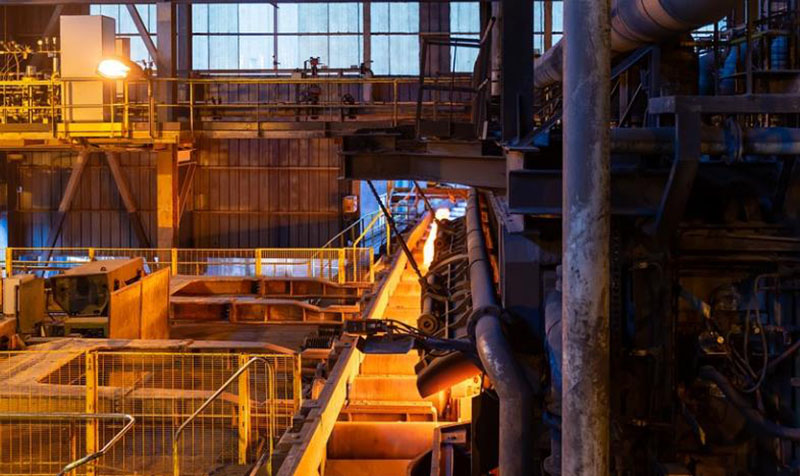In the machinery manufacturing industry, metal heat treatment is a very important process. Compared with other processing technologies, heat treatment can change the internal microstructure or surface chemical composition of the workpiece, and play a role in improving the intrinsic quality of the workpiece.
In fact, the process of metal heat treatment was recognized and applied as early as the Bronze Age. But even today, the process of metal heat treatment still has a pivotal position. Someone once commented that mechanical processing is surgery, and heat treatment is internal medicine; the quality of heat treatment technology can represent the strength of the core competitiveness of the manufacturing industry.
The metal heat treatment process generally has three processes: heating, insulation, and cooling. Different processes should be connected to each other and cannot be interrupted. Among them, the insulation process can be present or not.
During the heating of the metal, a major difficulty is to prevent the workpiece from oxidation and decarburization (that is, the carbon content on the surface of the steel parts is reduced). This will affect the surface performance of the workpiece, resulting in unsatisfactory metal heat treatment results. The common solution is to place the metal under a protective atmosphere (such as nitrogen) to isolate the metal from oxygen before processing. The nitrogen used here needs to be of relatively high purity and maintained in a continuous and stable supply, so that the metal workpiece can have a better heat treatment effect.
Of course, the application value of nitrogen in heat treatment is more than that. It can be widely involved in all aspects of heat treatment;
1. Vacuum heat treatment: When nitrogen is used as a cooling medium for nitrogen filling and pressurized oil quenching, adjust the nitrogen pressure of the nitrogen generator to improve the hardenability of steel parts and protect the electric heating elements of the vacuum furnace;
2. Controllable atmosphere: Nitrogen as a diluent can reduce the consumption of raw gas and the formation of carbon black;
3. Carburizing and nitriding: The nitrogen produced by the nitrogen generator can be used for anti-oxidation cooling after carburizing, reduce the internal oxidation degree of steel parts, and improve the furnace gas decomposition rate and the fatigue strength and breaking resistance of parts;
4. Protective gas, safety gas: blowing and exhausting in the furnace, and air curtain sealing of the furnace door; when the gas is shut down and the power is off, the nitrogen produced by the nitrogen generator can be sent into the furnace to prevent furnace gas explosion.
Considering the economic benefits of production, the lower the cost of nitrogen use, the better; PSA nitrogen production is recommended, which is more cost-effective than directly purchasing bottled nitrogen. Basically, a one-time investment can save a series of management issues such as transportation, storage, and handling associated with the purchase of bottled nitrogen; at the same time, the equipment has a high degree of automation and low maintenance costs. With long-term use, it can achieve good cost-effectiveness, which is particularly suitable for the long-term nitrogen needs of small and medium-sized enterprises.


